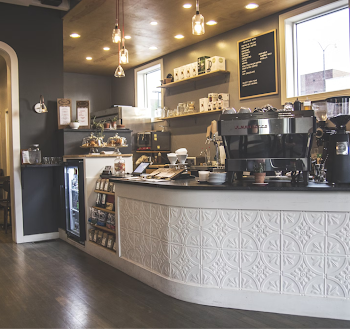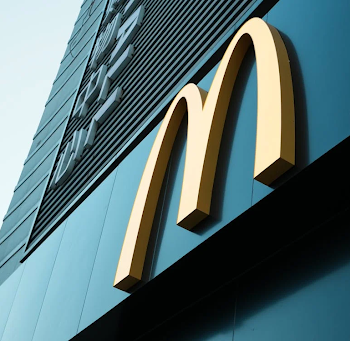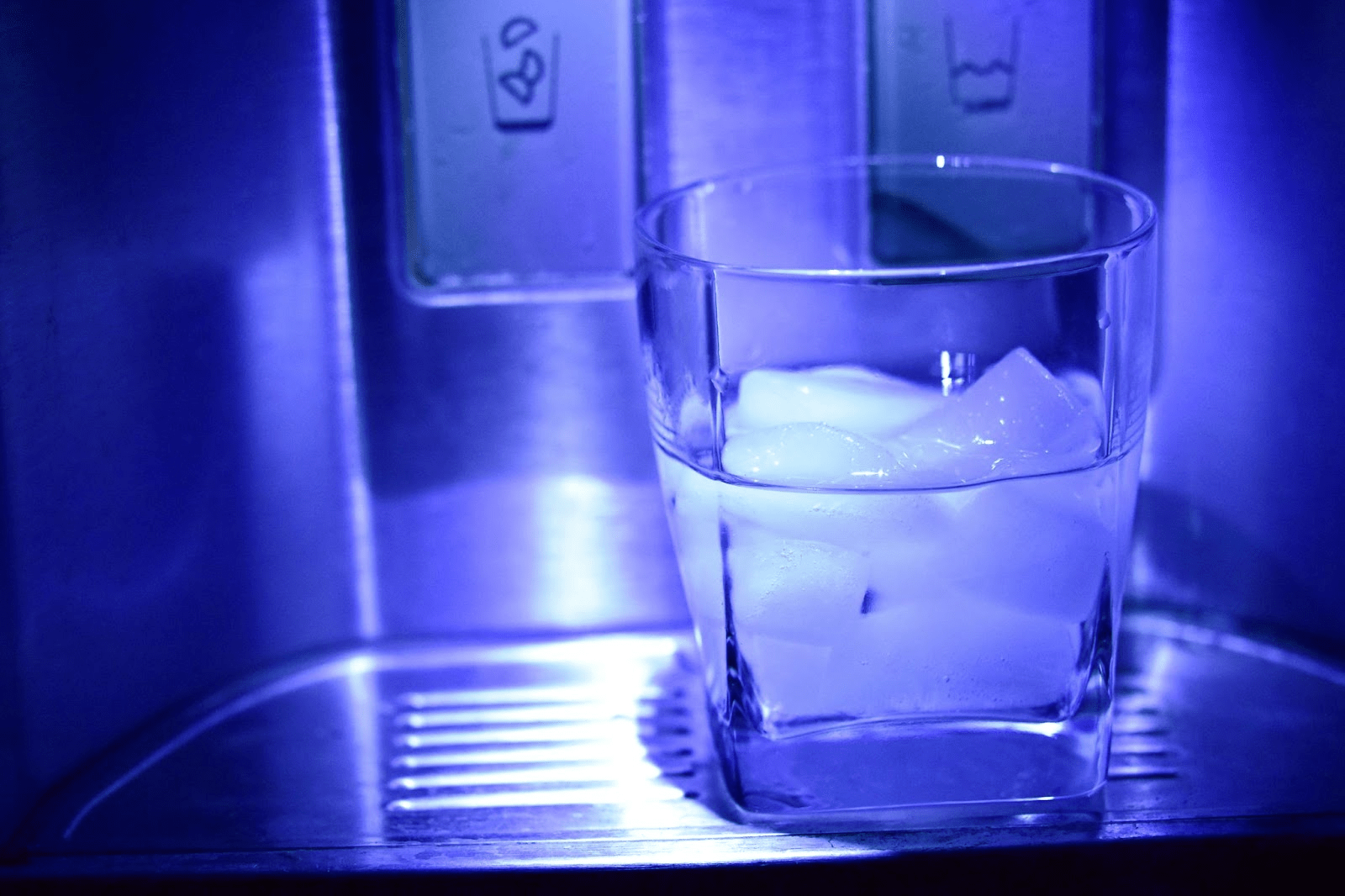
Introduction
Understanding the roles and benefits of appliances like blast chillers and flash freezers is essential. They help in preserving food quality and extending shelf life. Knowing the differences can help you make the right choice for your home or business.
Both devices offer unique benefits. A blast chiller quickly lowers food temperatures, while a flash freezer ensures rapid freezing of food to preserve freshness. Deciding between the two depends on your specific needs and how you plan to use them. Let’s dive into what makes each of these appliances unique.
What is a Blast Chiller?
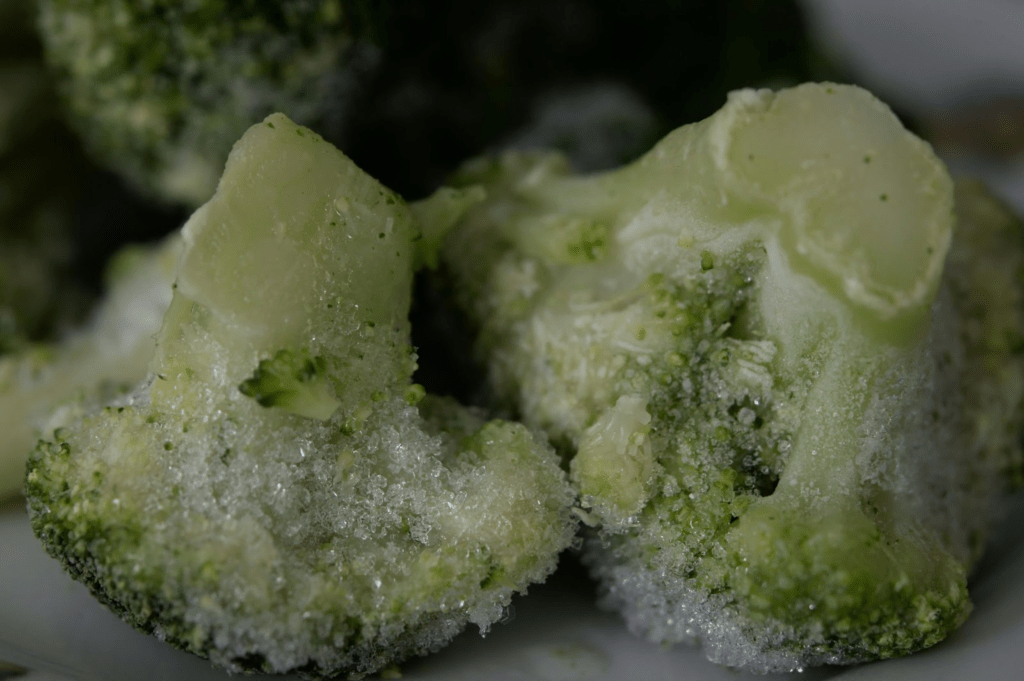
A blast chiller is a powerful tool designed to quickly reduce the temperature of food. Here’s a closer look at how it works and its common uses:
Definition and Function:
- Rapid Cooling: A blast chiller can lower the temperature of food from hot to cold in a short amount of time, typically within 90 minutes.
- Preserves Food Quality: By quickly cooling food, it minimizes the risk of bacterial growth and maintains texture and flavor.
How It Works:
- Powerful Fans: Blast chillers use strong fans to circulate cold air around the food.
- Efficient Design: They are often designed with multiple shelves to hold trays of food, maximizing space and efficiency.
Overall, blast chillers are essential for anyone needing to quickly bring down food temperatures, preserving both safety and quality.
What is a Flash Freezer?
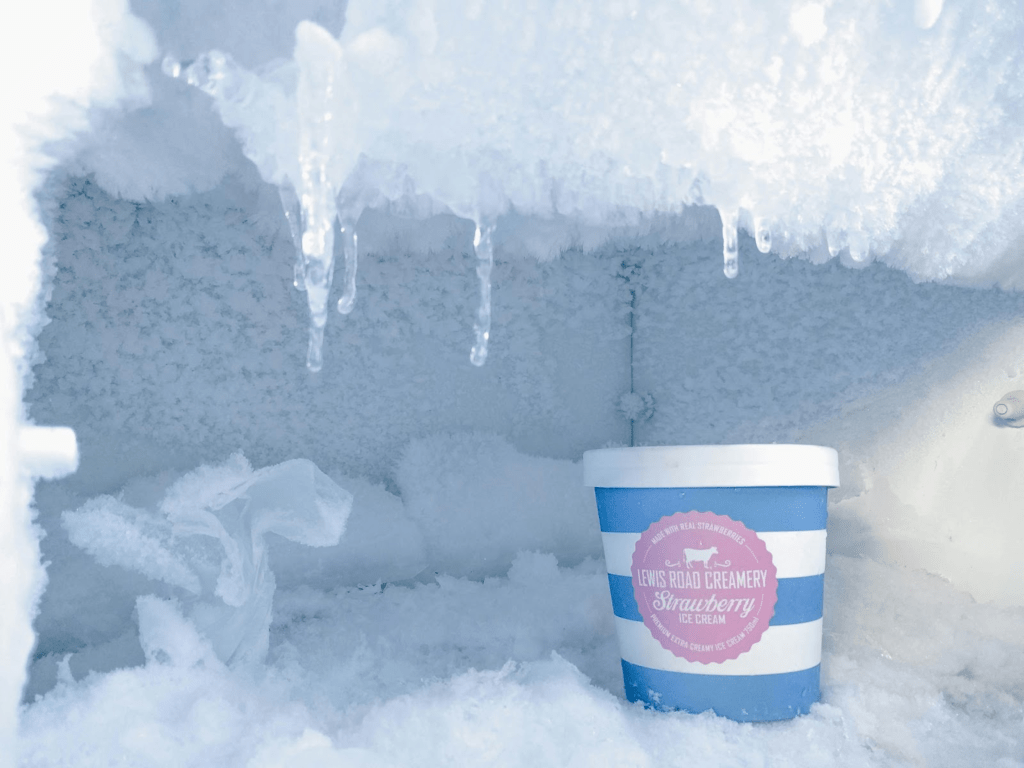
A flash freezer, also known as a blast freezer, is a device that rapidly freezes food to very low temperatures. Unlike standard freezers, which cool gradually, flash freezers speed up the freezing process, preserving the quality and texture of food items.
How it Works: Flash freezing uses a powerful cooling system that circulates very cold air around the food. This process quickly lowers the temperature, often to as low as -40掳F. By doing this, flash freezers form smaller ice crystals in the food, which helps maintain the food’s structure and taste.
Key Differences Between a Blast Chiller and a Flash Freezer
When deciding between a blast chiller and a flash freezer, consider their key differences:
- Temperature Ranges:
- Blast Chiller: Typically lowers temperatures to around 37掳F to 41掳F.
- Flash Freezer: Can reach temperatures as low as -40掳F.
- Speed of Cooling/Freezing:
- Blast Chiller: Cools down food quickly but not to freezing temperatures.
- Flash Freezer: Rapidly freezes food, forming smaller ice crystals.
- Typical Use Cases:
- Blast Chiller: Ideal for chilling cooked food rapidly to prevent bacterial growth, commonly used in restaurants and catering services.
- Flash Freezer: Best for freezing raw or prepared foods to maintain texture and taste.
- Size and Portability:
- Blast Chiller: Often large and bulky, suitable for commercial kitchens with ample space.
- Flash Freezer: Available in various sizes, including smaller, more portable models for home use.
By understanding these fundamental differences, you can choose the appropriate appliance based on your specific needs.
By comparing their functionalities and applications, you can make an informed decision tailored to your culinary and storage requirements.
Benefits of Using a Blast Chiller
A blast chiller is a powerful tool in both commercial and home kitchens. Here are some of its key benefits:
Preservation of Food Quality and Safety
- Maintains Freshness: Blast chillers quickly cool down food, preserving its texture, taste, and nutritional value.
- Prevents Ice Crystals: Rapid chilling reduces the formation of large ice crystals, which can damage food cells.
- Safety Boost: By quickly reducing the temperature of hot food, blast chillers limit the time food spends in the “danger zone” (40掳F to 140掳F). This minimizes bacterial growth.
- Compliance: Many commercial kitchens use blast chillers to meet food safety regulations. For more information, visit this article on Food Safety to learn more about keeping food safe.
Speed and Efficiency
- Time Saver: Compared to traditional cooling methods, blast chillers do the job much faster, which is crucial in busy kitchen environments.
- Operational Efficiency: Reduces wait times, allowing for faster meal prep and service.
Benefits of Using a Flash Freezer
Flash freezers offer distinct advantages that make them ideal for preserving a variety of foods:
Rapid Freezing to Preserve Freshness
- Lock In Freshness: Flash freezers rapidly freeze food at extremely low temperatures, locking in freshness and nutrients better than standard freezers. For more information, refer to this study posted on Science Direct.
- Minimal Ice Crystals: Extreme cold quickly freezes food, preventing large ice crystal formation and preserving food quality.
Better Texture and Taste Retention
- Superior Quality: Foods that are flash frozen often retain their original texture and taste better than those frozen with other methods.
- Less Drip Loss: On thawing, flash-frozen food tends to lose less moisture, enhancing the overall eating experience.
Suitability for Home Use
- Compact Designs: Many home flash freezers are designed to be space-efficient and fit into standard kitchen settings.
- Versatile Applications: Ideal for preserving seasonal produce, pre-cooked meals, and delicate items like seafood.
In conclusion, both blast chillers and flash freezers offer unique benefits. While blast chillers ensure rapid cooling that enhances food safety and quality, flash freezers provide ultra-fast freezing to preserve the freshness and texture of food. Balancing your needs and priorities will help you choose the right tool for your kitchen.
Home Flash Freezer vs. Home Blast Freezer
Comparing home flash freezers and home blast chillers involves looking at several practical factors. Each device offers unique benefits suited to different needs. Here are some key points to consider:
Space Requirements
- Home Flash Freezer: Typically more compact and can fit in smaller kitchen spaces.
- Home Blast Chiller: Generally larger and may require more space.
Power Consumption
- Home Flash Freezer: Uses more energy due to rapid freezing capabilities. Better for short-term, high-intensity use.
- Home Blast Chiller: May consume slightly less energy compared to flash freezers but still requires significant power due to its cooling process.
User-Friendliness
- Home Flash Freezer: Usually designed with simple controls for easy operation. Ideal for quick freezing of items like fruits and meats.
- Home Blast Chiller: Can be more complex with multiple settings for different cooling needs. Great for someone who wants more control over food preservation.
Typical Cost
- Home Flash Freezer: Often less expensive and more accessible for average households.
- Home Blast Chiller: Generally higher in price due to its advanced technology and broader cooling functions.
For more information on specific blast chiller models, you can check out reputable brands such as Vesta Precision and Irinox Home to find the perfect unit for your needs.
How to Choose Between a Blast Chiller and a Flash Freezer
Deciding between a blast chiller and a flash freezer can be simplified by considering the following factors:
- Specific Needs and Use Cases
- Do you prioritize quick freezing of small items with minimal fuss? A home flash freezer might be ideal.
- Need to cool larger quantities of food quickly without fully freezing them? A blast chiller could be more appropriate.
- Budget
- Balancing cost and features is crucial. Flash freezers are usually more budget-friendly, while blast chillers offer advanced functionalities for higher prices.
- Space Availability
- Ensure you have enough kitchen space for the appliance. Flash freezers are more compact, whereas blast chillers can require more room.
Checklist for Decision-Making
- Assess your typical food preservation needs.
- Calculate your budget, including long-term energy costs.
- Measure your available space to ensure a comfortable fit.
By following these steps, you can confidently choose the appliance that best fits your lifestyle and requirements.

